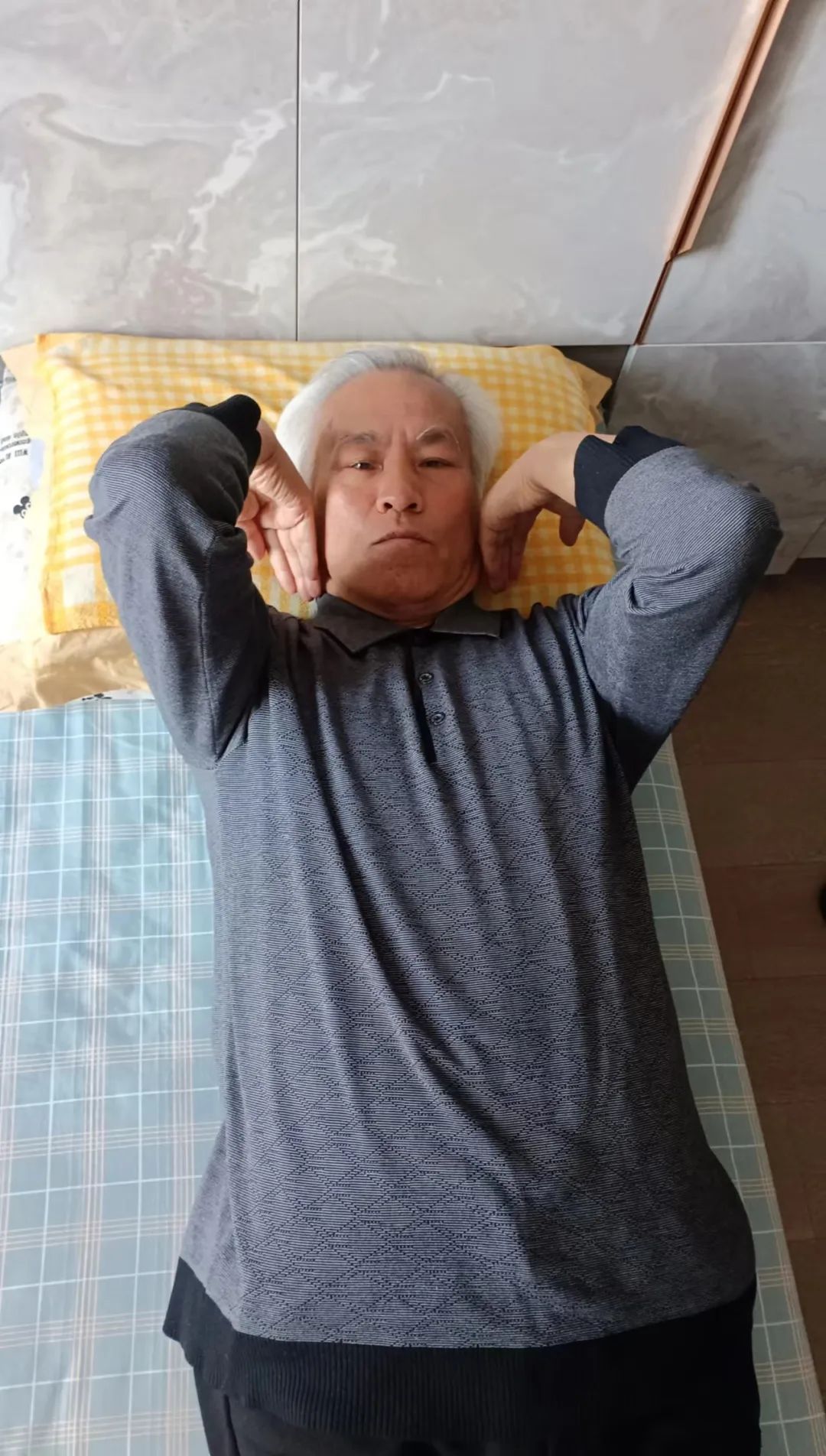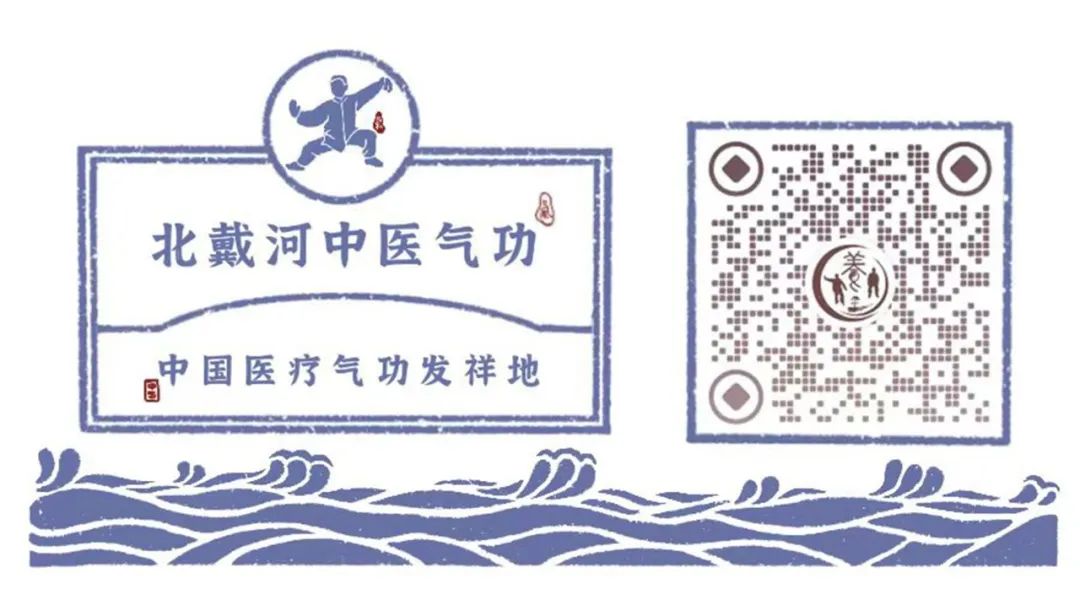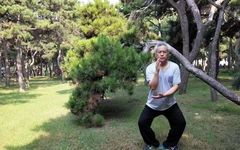2024/4/10

Kongjing Qigong is a practice that inherits the internal strength techniques from the Southern Shaolin Temple in Fujian, founded by Bodhidharma and passed down by Ji Gong, and the Luohan methods from the Tiantai sect in Zhejiang. It has been developed over approximately twenty generations by Master Huang Renzhong, who has continuously conducted scientific research, medical testing, and summarization in practice, effectively adapting the internal strength and Luohan methods to modern human needs, thus forming Kongjing Qigong.
Kongjing Qigong differs significantly from other Qigong practices in its training methods; it does not require stillness, intention holding, breath coordination, or deviation, making it safe and reliable, beneficial and harmless. The learning method is simple, and the effects are remarkable, allowing practitioners to quickly and powerfully achieve Qi, making it suitable for the general public. Long-term practice naturally leads to mastery, and it can also release external Qi to help others with health conditions, making it a unique flower in the garden of Qigong.
1. What is Shoulder Striking?
Shoulder striking is a core secret technique of Kongjing Qigong, possessing miraculous effects. It can rapidly enhance one’s power and has a stronger effect for health preservation, serving as the best shortcut to replenish Yang Qi. Yang Qi plays a role in warming the internal organs and nourishing the muscles and bones, much like sunlight nurturing all things, allowing plants to photosynthesize and thrive.
Yang Qi is the energy necessary for maintaining normal metabolism in the human body, and a person’s Yang Qi goes through a process of becoming strong and then gradually depleting throughout their life.When Yang Qi is sufficient, the body is healthy; when Yang Qi is weak, the body deteriorates; when Yang Qi is exhausted, life ends.Thus, Yang Qi determines a person’s health and life.
By supplementing Yang Qi through shoulder striking, the body will quickly transform, achieving a healthy and youthful physique, which is essential for better cultivation of the Great Way.

2. The Significance of Shoulder Striking
The human body has two wells, and the Jianjing (Shoulder Well) is the mouth of one of these wells, with the bottom located at the feet, where the Yongquan (Gushing Spring) point is, serving as the spring of these two wells. The life-giving water gushes forth from here. The Jianjing point is located on the shoulder, at the midpoint of the line connecting the Dazhui (Great Vertebra) point and the acromion, belonging to the Gallbladder Meridian of the Foot Shaoyang. The Jianjing point is known as the first strengthening point. The Yongquan point is located at the sole of the foot, being the lowest point of the body relative to the ground. Specifically, the Yongquan point is found in the depression just below the first metatarsophalangeal joint, at the center of the foot.
Because of the action of the Jianjing point, the shoulder is not merely a body part but the mouth of the life well, and more importantly, it draws kidney water from the Yongquan point to nourish the five internal organs, promote Qi and blood, and moisten the entire body’s muscles and bones, allowing the vital energy to flow into the Huiyin (Meeting of Yin) point and enhancing the production of true fire in this vital energy processing factory, illuminating the entire body.
To ensure the body is relaxed and unobstructed from top to bottom, it is essential to clear this well daily, allowing it to function more effectively.
3. The Importance of Shoulder Striking
Shoulder striking involves energizing the Jianjing points on both shoulders, overcoming six barriers to open the two life wells that run through the five internal organs.
First Barrier: The Five Zang Organs – Lung, Heart, Liver, Spleen, Kidney
Shoulder striking begins with adjusting the lungs; once the lungs are balanced, the body’s meridians will also be harmonized. The lungs, known as the “canopy,” serve as the body’s first line of defense. Simply put, the lungs act like an umbrella, protecting the five internal organs. Positioned at the highest point in the chest, the lungs directly interact with the external environment, serving as the site for gas exchange. The importance of the lungs cannot be overstated! The term “five internal organs” refers to the internal organs of the human body, and the lungs, as one of the five, are often referred to in TCM as the “delicate organ,” easily influenced by external factors and unable to tolerate any foreign substances. Lung cold is the source of many diseases; thus, the first step in shoulder striking is to unblock and supplement lung Qi, dispelling lung cold. Once lung Qi circulates, the lungs maintain balance, achieving the goal of longevity through the balance of Yin and Yang in the body. Shoulder striking not only promotes blood flow but also nourishes the liver, supplements the kidneys, and protects the stomach, unblocking the heart meridian and supplementing heart Qi. The treatment principle for cold symptoms caused by insufficient Yang Qi lies in “supplementing Yang Qi and expelling Yin pathogens,” enhancing the functional transformation of the five internal organs and strengthening the body’s self-healing ability. When Yang Qi is sufficient and the six meridians are balanced, naturally, diseases will be cured, and overall physical quality will be restored. Supplementing Yang means replenishing the Yang Qi consumed daily to achieve a state of Yin-Yang balance, allowing life force to flourish.
Shoulder striking not only supplements Yang Qi but also harmonizes Qi and blood, enhancing the ability to dispel cold and resist cold pathogens.
Second Barrier: The Six Fu Organs – Gallbladder, Stomach, Small Intestine, Large Intestine, Bladder, Sanjiao
The toxins and waste in the body are primarily byproducts of the metabolic processes after food absorption, often lingering in the blood vessels, muscles, tendons, joints, and the spaces between the internal organs, causing our bodies to gradually stiffen and age. When a person has insufficient Yang Qi and continues to consume various nutrients, toxins and waste will inevitably accumulate, leading to multiple health issues. Conversely, a person with sufficient Yang Qi will have less reliance on food, resulting in fewer toxins and waste. The purpose of shoulder striking is to cultivate Yang Qi; with sufficient Yang Qi, food intake will naturally decrease, and detoxification ability will strengthen. It restores one’s Yang Qi and forms a protective layer on the surface of the internal organs, thus unblocking the five internal organs. Yang Qi can promote blood circulation; only when Yang Qi is sufficient can Qi and blood flow smoothly, nourishing the five internal organs.
Third Barrier: The Groin and Thighs
The groin is an important part of the body, located at the junction of the thighs and abdomen, rich in nerves, blood vessels, and ligaments. Shoulder striking holds particular significance for the groin. The groin serves as an important passage for nerves and lymph nodes, and shoulder striking can effectively reach the groin, promoting blood circulation and expanding blood vessels. It can enhance the blood supply to the femoral head and hip joint, dispelling wind, cold, and dampness around the joints, tendons, blood vessels, and throughout the thighs and hips.
Fourth Barrier: The Knees and Calves
The legs are a major reservoir of cold; the longer the time, the heavier the cold. Through shoulder striking, the accumulated wind, cold, and dampness can be expelled. The knee joint is one of the largest and most complex joints in the body. Shoulder striking can lubricate and nourish the knees and calves, expelling metabolic waste and protecting the cartilage, maintaining normal joint function. The calf is known as the “second heart” of the human body. Approximately 70% of the body’s blood is concentrated in the lower half, and due to gravity, blood return to the heart from the lower body is relatively slow. The calves act as a blood and Qi engine, accelerating blood return to the heart, promoting Qi and blood circulation throughout the body. Therefore, the healthier the calves, the faster the blood returns to the heart, leading to better health and fewer illnesses. Given the importance of the calves, they can rightfully be called the second heart of the body. Shoulder striking can quickly mobilize the body’s Yang Qi; when Yang Qi is sufficient, cold Qi will be expelled. Qi and blood may not immediately reach the soles of the feet, but they can first reach the knees. With sufficient Qi and blood in the knees, it is not far from the soles. Shoulder striking is an excellent method for guiding blood downward. In TCM, the knees are considered the residence of tendons; shoulder striking can guide Qi and blood down to the knees, calves, and then to the soles of the feet. Qi and blood will continuously flow to the knees, and with fresh blood supply, cold Qi can dissipate.
Fifth Barrier: The Feet and Yongquan Point
Shoulder striking delivers Yang Qi to the necessary areas, helping to regulate the deficiency of Yang Qi in the body’s extremities. Qi and blood are infused downward into the thighs, calves, and soles, promoting the smooth and vigorous flow of Qi and blood in the six meridians of the feet. The six meridians in the feet are the Liver Meridian, Spleen Meridian, Kidney Meridian, Gallbladder Meridian, Stomach Meridian, and Bladder Meridian, and their smoothness is closely related to the functions of the liver, kidneys, and gastrointestinal tract. The Yongquan point is a kidney point, the bottom of the two wells in the body. Only by unblocking the Yongquan point can kidney water be drawn up to nourish the five internal organs, promote Qi and blood, and moisten the entire body’s muscles and bones, allowing vital energy to flow into the Huiyin point.
Sixth Barrier: Raising Kidney Water to the Huiyin, Enhancing Yang and Supplementing Fire
During the process of shoulder striking, one may experience warmth in the feet, back, upper body, spine, and throughout the body. Shoulder striking involves lifting kidney water from the Yongquan point and gathering vital energy at the Huiyin point, where warmth and heat first manifest. At a certain stage, this heat will rise, causing warmth in the Mingmen (Gate of Life), pelvis, and true fire to emerge from the Huiyin, spreading from the Huiyin to the pelvis and head, forming a furnace that heats the entire body. Most of us have significant blockages at these six barriers, preventing them from functioning effectively. To achieve health and longevity, it is essential to thoroughly change this abnormal state. The primary step in shoulder striking is to open the barriers and points, meaning that once the barriers and points are opened, the entire meridian network can be unblocked. Once the meridian network is generally open, the special energy and functional transformations derived from the gaseous substances absorbed through the points can be transmitted throughout the body, ensuring that all bodily tissues receive nourishment.


